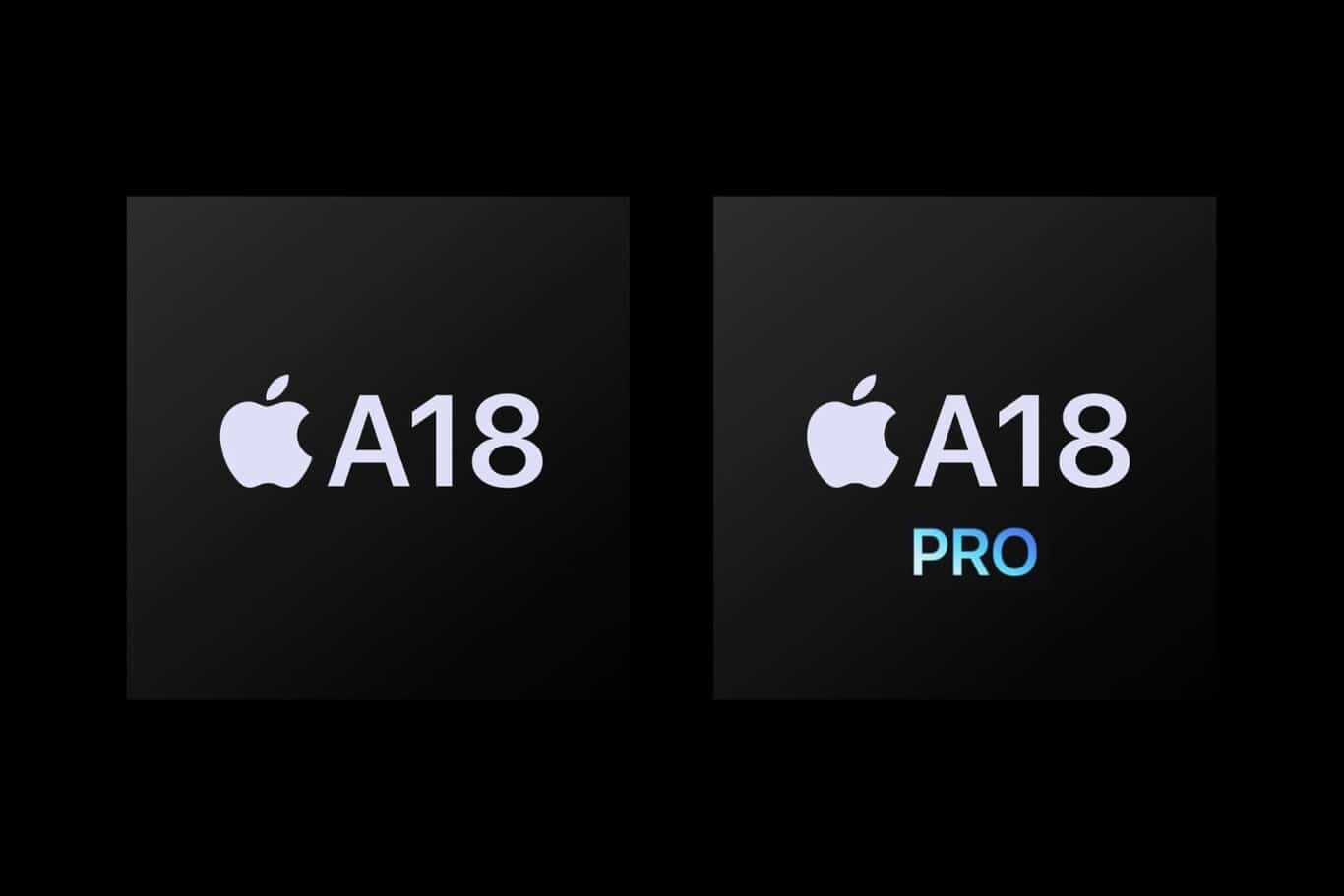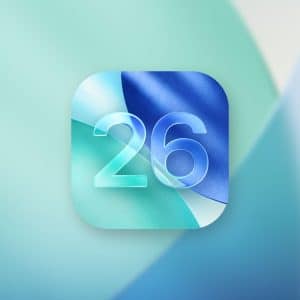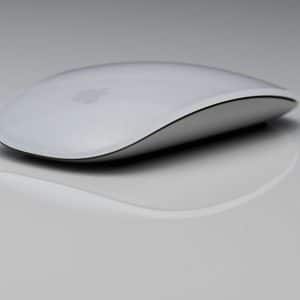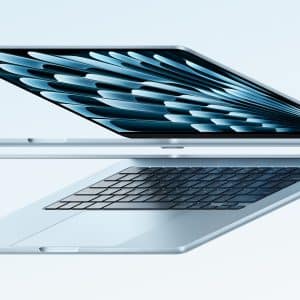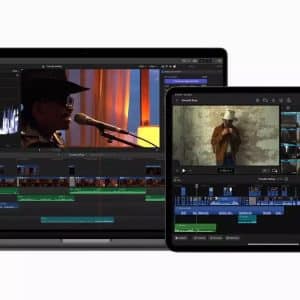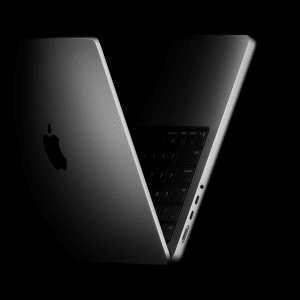Evidence of a new MacBook surfaced as early as July 2024, when code references in macOS 15.1 revealed an unfamiliar model identifier, “Mac17,1.” Unlike existing Macs, which rely on M-series chips, this identifier was later linked to a device running the A18 Pro chip, the same processor powering the iPhone 16 Pro. Analyst Ming-Chi Kuo first highlighted this development, noting Apple’s plan to introduce a 13-inch MacBook with the A18 Pro, designed to hit a lower price point than current MacBook Air models. The code discovery, initially shared by Aaron Perris on X, was confirmed by MacRumors, solidifying the project’s existence.
This marks a significant shift for Apple, as all its silicon-based Macs to date have used M-series chips, which offer higher core counts, greater memory capacity, and robust external display support. The A18 Pro, while powerful for a mobile chip, is optimized for efficiency and tasks like 4K video editing, making it a compelling choice for a lightweight MacBook aimed at everyday users.
A Budget-Friendly Design
The forthcoming MacBook is expected to feature a 13-inch display and come in vibrant color options—silver, blue, pink, and yellow—mirroring the aesthetic of Apple’s iPhone and iPad lines. Kuo projects mass production to begin in late 2025 or early 2026, with a launch likely in the first half of 2026. Apple aims to sell between five and seven million units in 2026, suggesting an aggressive pricing strategy to capture market share. While no official price has been confirmed, speculation on X points to a potential starting price around $699, significantly undercutting the $999 MacBook Air.
The design is rumored to repurpose the M2 MacBook Air’s chassis, possibly with modifications for thermal efficiency, as the A18 Pro may not require active cooling like M-series chips. Posts on X suggest a fanless design, prioritizing silence and portability, with a minimum of 16GB RAM to support Apple Intelligence features and 256GB of storage. This configuration aligns with the needs of students and professionals who rely on web-based tasks, email, and light creative work, positioning the MacBook as a direct competitor to Chromebooks.
Why an A18 Pro MacBook?
Apple’s decision to use an A-series chip in a MacBook reflects a strategic pivot toward affordability without sacrificing ecosystem integration. The A18 Pro, introduced in the iPhone 16 Pro in 2024, is a 3nm chip with a 6-core CPU, 6-core GPU, and a 16-core Neural Engine, capable of handling demanding tasks like video editing and machine learning. Unlike M-series chips, which cater to power users with features like multi-display support, the A18 Pro is tailored for efficiency, offering up to 20 hours of battery life in a compact form factor. This makes it ideal for a sub-2-pound MacBook, reminiscent of the beloved 12-inch MacBook discontinued in 2019.
For users, this MacBook could bridge the gap between iPads and traditional laptops. Many consumers already use iPads for tasks like browsing, streaming, and document editing, but the macOS environment offers greater flexibility for multitasking and desktop-grade applications. By leveraging the A18 Pro, Apple can deliver a MacBook that rivals the iPad’s portability while providing the full macOS experience, complete with Apple Intelligence features like enhanced Siri and image generation tools.
Targeting Education and Enterprise
The low-cost MacBook is poised to make waves in education and enterprise markets, where Chromebooks dominate due to their affordability and simplicity. Schools and businesses often prioritize devices that handle basic tasks—web browsing, office suites, and video conferencing—without requiring high-end specs. The A18 Pro’s performance, proven in iPhones for over a decade, is more than sufficient for these workloads. As one Reddit user noted, “The market is already being eaten by iPads; a dirt-cheap MacBook will bite off another chunk.”
Apple’s ecosystem also gives it an edge. Features like iCloud integration, Continuity, and Universal Clipboard create a seamless experience across iPhones, iPads, and Macs, which Chromebooks can’t match. For schools already invested in Apple’s ecosystem through iPads, a budget MacBook could streamline device management while offering students a familiar interface. In enterprises, the MacBook’s security features, such as the T2 chip’s legacy or macOS’s robust encryption, make it a compelling choice for lightweight business use.
Challenges and Trade-Offs
While the A18 Pro MacBook promises affordability, it may come with compromises. The chip’s lower core count compared to M-series processors could limit performance for tasks like 3D rendering or high-end gaming, though these are less critical for the target audience. External display support may also be restricted, as A-series chips typically lack the bandwidth for multiple monitors, unlike M-series chips. Additionally, some users on Reddit expressed skepticism about storage and RAM configurations, predicting Apple might offer an 8GB base model to hit a lower price, which could constrain multitasking or Apple Intelligence functionality.
The absence of a Center Stage camera or a 3.5mm headphone jack, as speculated in some X posts, could also disappoint users who value these features. However, pairing the MacBook with accessories like AirPods or a discounted Studio Display could mitigate these limitations, enhancing its appeal for budget-conscious buyers.
A Broader Vision for Apple Silicon
Apple’s exploration of A-series chips in Macs isn’t entirely new. As early as 2020, a Mac mini developer kit used an A12Z chip to test macOS on A-series silicon, hinting at long-term experimentation. The A18 Pro MacBook could pave the way for a tiered Mac lineup, with A-series chips powering entry-level models and M-series chips reserved for premium devices like the MacBook Pro and Mac Studio. This approach mirrors Apple’s iPhone strategy, where SE models cater to budget users while Pro models target enthusiasts.
The move also aligns with Apple’s broader silicon strategy, emphasizing efficiency and integration. By bringing macOS to a lower price point, Apple can compete more aggressively in markets where cost is a barrier, potentially converting Windows and Chromebook users. The MacBook’s success will hinge on Apple’s ability to balance performance with affordability while maintaining the premium experience that defines its brand.
What’s Next for Apple’s Budget MacBook
With mass production slated for late 2025 or early 2026, the A18 Pro MacBook is likely to debut at a spring 2026 event, possibly alongside other hardware refreshes. Its vibrant colors, compact design, and competitive pricing could make it a standout in Apple’s lineup, appealing to students, educators, and casual users seeking an affordable entry into macOS. As Apple continues to refine its silicon and software, this MacBook could mark a turning point, proving that high-quality computing doesn’t have to come with a premium price tag.

